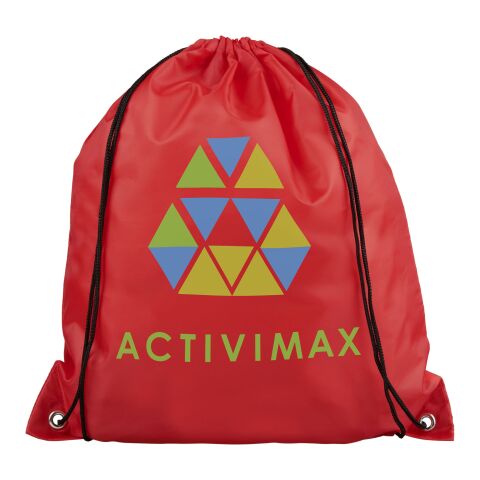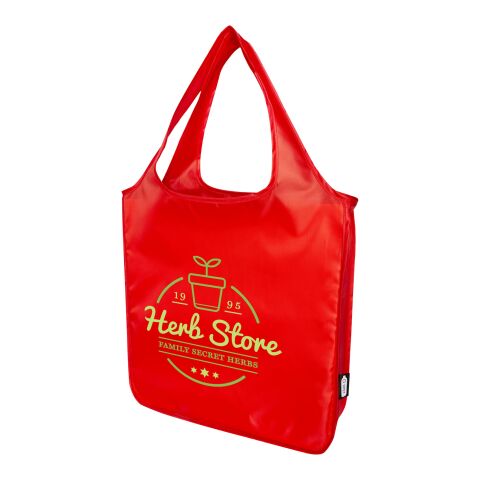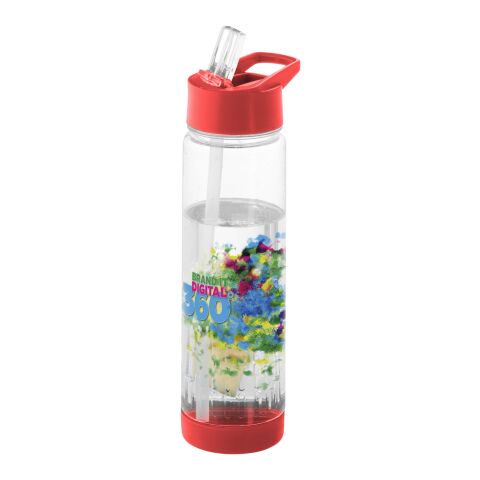How Red Colour Psychology Drives Marketing Success
Red is more than just a colour. Colours in general are powerful marketing tools that can influence your target audience’s emotions and drive desired actions. Red grabs attention and evokes feelings of excitement, urgency, and passion. Understanding the red colour psychology in marketing is essential for companies and marketers. Read more to discover other ways that colour psychology of red can have a lasting impact on your brand.

Passion, danger, warmth – the colour red likes to be colourful. This produces difficult conditions for marketers. Red has a lot of potential when used in the right way. The colour red is effective in advertising, especially regarding colour psychology for branding.
Red is an emotional colour
We already know that colours play a crucial role in marketing. A wide variety of companies frequently use red in advertising. This is not only because red is a popular colour among people, but the colour psychology of red. Red is striking and dominant, which draws the consumer's attention to the desired area.
What emotions does red represent?
Red is an emotional colour, often associated with passion and joy of life, with anger and danger. Red even goes so far that the colour has a demonstrable physical effect on the body. The colour red can raise blood pressure and increase breathing rates not to mention it speeds up metabolism in people.
Symbolism for the colour red
The colour red has no shortage of both positive and negative associations. Red is the colour of passion and love, warmth, trust and security. We associate red with positive excitement and joy. More negative associations are anger, violence, fire and danger.
Red has a strong signaling effect. We know this from traffic signs, such as stop signs, which typically are warning and prohibition signs. Red stands for "attention" and "caution."
Don't rule out the colour red for your brand presentation from the outset because of its negative connotations. Sometimes it is precisely these negative associations that sell a product. One thing to keep in mind with this dynamic colour - be careful how much red you use at any moment. Red quickly seems aggressive and irritates the eyes.
Advertise with red colour theory
Used in corporate design, red is highly recognizable. The colour is highly emotionally charged and attracts the attention of the viewer.
Selective use of the colour red can achieve the promising advertising effect. This means you should not use it too often or be selective how you use it in your logo or design. Use the bright colour, for example, for the design of your promotional items. Red stands out and stays in the memory.
You can do effective marketing easily by using a useful promotional item for your target group. In our online shop you will find a large selection of red promotional items. If you prefer a subtle use of the colour red, simply choose a neutral colour product then use red for the branding.
Colour perception is subjective. This means we cannot make general statements about which colours suit which groups. Nevertheless, the following applies: With a strong red you will win over impulsive buyers.
Popular promotional products in red
Here are some of the most popular products that look great in red.
Branded sweets look particularly good in red - after all, the colour stimulates the appetite. Red chocolate hearts for Valentine's Day will delight your customers just as much as dark red promotional items for Christmas.
Also design advertising classics such as keyrings, bags, and ballpoint pens in bright red or elegant wine red. As eye-catching advertising media, these promotional items generate a lot of visual contact.
Be sure to take this into consideration next time you see people wearing red and sporting your logo. Check out these numerous red promotional items for your next bulk order.
Different shades of red colour psychology
Studies show that red has many facets and various red colours shades can cause different reactions. Companies like to use classic red to boost sales. For example, with percentage and sale campaigns.
Bright red is just as popular as an accent colour. Using it in small amounts is a good way to catch the viewer's eye. This approach helps highlight the brand or product without being too overwhelming, as red can spike energy levels. This applies to the design of websites, products and advertising.
If you put the colour red in the right context, it evokes positive feelings even when used more often. And these are good for your brand.
Colour psychology regarding industries
Colours can also make a difference depending on your industry. Learn more about these specific industries to help boost your company too.
Healthcare
Red works well for healthcare. Dark red or wine red is more subtle and less noticeable than pure red. Companies and brands use dark red for an elegant and sophisticated look. Dark red is best combined with black or white.
Travel & tourism
Since red can stand for adventure and boldness, many travel companies make use of this. Avis and Dollar, the car hire companies, both use the bold colour in their designs. TUI takes advantage of the colour for a playful logo to get people excited about their next cruise.
Media
People also associate red with strength and status. This gives more credit to different media outlets, such as CNN, that use bright red in their logo. YouTube also uses bright red to showcase their cheerful and dramatic side.
Food industry
Bright red triggers enthusiasm in the right context. The iconic Coca-Cola campaigns are bursting with happiness. They convey social values and a strong bond with friends and family. The same for MacDonald's golden arches against a red background.
Red colour psychology helps you achieve your goals
The advertising effect of colours has been proven in many studies. When you choose your advertising material or print your logo, consider the impact of the colour red.
Does your company design contain red elements? Perfect! Choose red for your product or printing to best connect the promotional item with your company. Customer loyalty and acquisition – made easy.




.png)
.png)
.png)



















